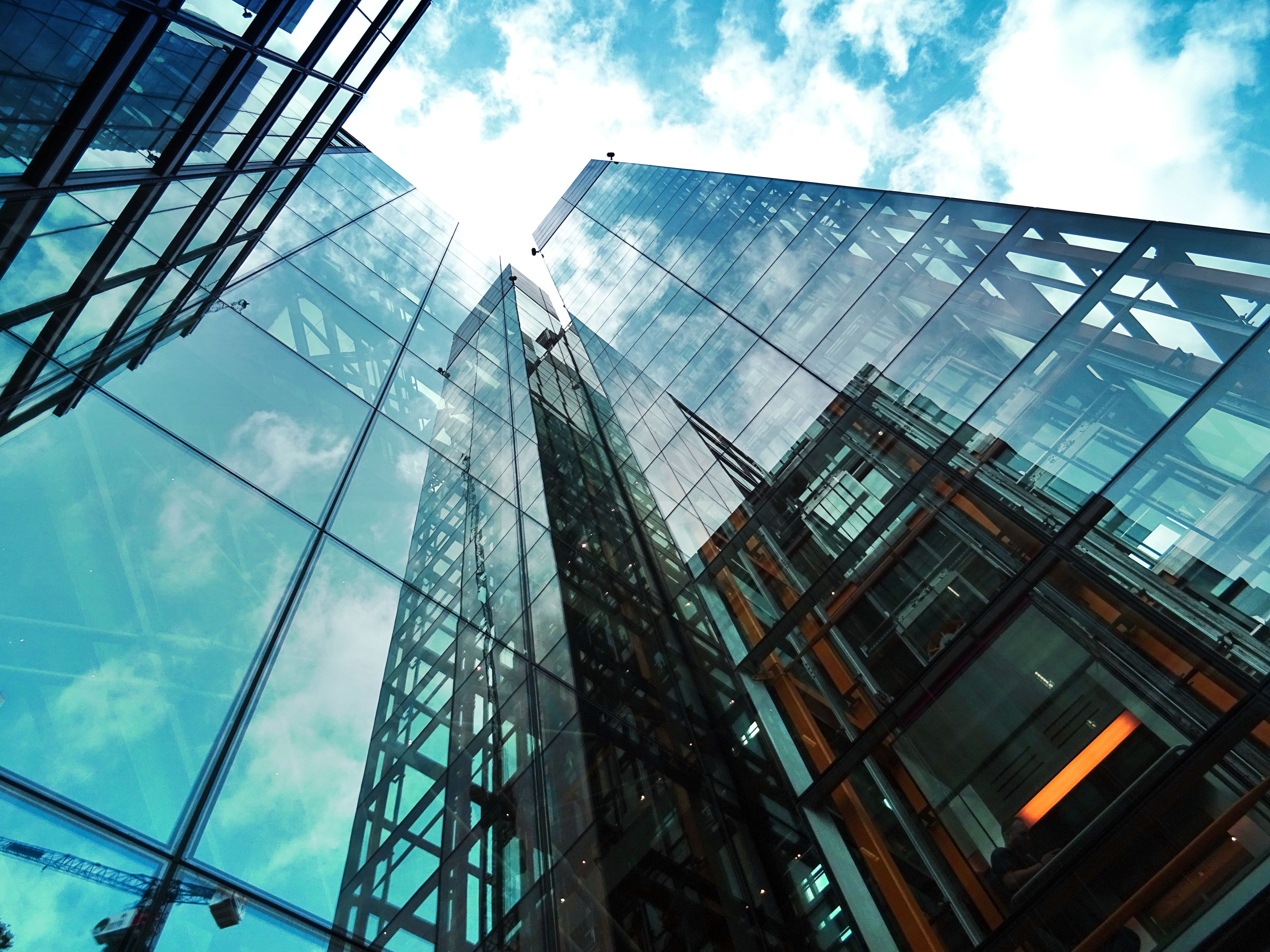
The beauty of architecture is taking ideas on paper and transforming them into community treasures. However, the redevelopment process can be pretty complicated (and lengthy for that matter).
Commercial redevelopment involves a wide range of participation. From architects and civil engineers to contractors and lenders, it can take years to bring a project from the initial planning stages through completion.
While there are plenty of obstacles to watch for, redevelopments can also be profitable investment opportunities. However, understanding the process of commercial redevelopment can help you confidently assess some of the risks associated with its construction.
In today’s blog, we’ll be explaining the seven phases of redevelopment and highlighting some of the key tasks in each area.
Phase 1: Site Selection
The first phase of commercial redevelopment involves a tremendous amount of research to determine if the project is viable. Calling on multiple sources of information, architects and developers look at properties that meet basic requirements including:
- Property Size
- Traffic Flow
- Zoning Restrictions
- Surrounding Infrastructure
- Potential Access Points
- Nearby Tenants
- Existing conditions
- Environmental Impact Assessments
- Stakeholders
There’s a whole list of additional factors that play into the selection of a property for redevelopment. This is one of many reasons why it’s helpful to partner with an experienced architect before thinking about constructing a new building or renovating an existing building.
Phase 2: Due Diligence Research
In this phase of redevelopment, steps are taken to satisfy the legal requirements and assess the risks and advantages of the investment. As a potential buyer, it’s important to examine any zoning restrictions, potential liens and possible infringements.
An architect and their consultants (the Design Team) will help verify these factors and identify the requirements needed to develop the property as well as any offsite conditions.
Once you’ve gathered all the necessary information about the specific site, you’ll work with the local Authority Having Jurisdiction (AHJ) to establish specific requirements from the City, Health Department and others.
After the site has been preliminarily reviewed and selected, you’ll move forward with your commercial redevelopment plan. From there, the design team will be able to answer if you can meet project setbacks, parking requirements or any other areas of concern.
Phase 3: Site Investigation
Next, site investigation reports will be used to assess any potential issues with the site, or specific tasks that must be done in order to meet all the requirements. Some of these requirements include but aren’t limited to:
- Parcel Land Use
- Zoning
- Building Permits
- Fire Department Requirements
- Landscape Setbacks
- Lighting Ordinance
- Signage Requirements
- Access and DOT Requirements
- Demographics
- Infostructure
These reports provide property owners with confidence that the project is feasible. They also help anticipate future benefits exceeding the expected costs of the proposed commercial development. Site investigation allows architects to gain a thorough understanding of the site's context, including its physical characteristics, climate, and surroundings. This knowledge helps architects develop designs that respond appropriately to the site's unique features, taking advantage of views, natural elements, and site-specific conditions.
Phase 4: Development Funding
A pro forma analysis, also known as a preliminary budget, calculates the projected financial return of a commercial development by laying out the project in quantifiable terms. Conducting this analysis, your development team is able to determine the specifics needed for the project such as improvement costs or consulting fees. It involves securing the necessary funding to cover various aspects of the project, including design fees, construction costs, permits and approvals, materials, labor, and other related expenses. Development funding plays a crucial role in ensuring the successful execution of architectural projects.
Phase 5: Planning and Design
Once preliminary planning is complete and your purchase contract has been signed, it’s time to focus on the critical signoffs and approvals required in the redevelopment process. The fifth phase of commercial redevelopment kicks off what is known as the true “design phase” of the project.
Conceptual design may have started in the pre-planning stages, but now the design will go through a series of stages where it will be further refined in each sequential stage, resulting in the final set of construction documents the contractor will use to construct the project. The architect will orchestrate the completion of this set and the consultants it entails structural, mechanical, plumbing, and electrical and civil engineers.
But before the project can move on to construction, you must get the approval of appropriate municipal and government entities. These agencies will review that the project meets codes and ordinances of the local AHJ.
Phase 6: Construction Bidding
Based on the proposed scope of work, contractors will prepare and submit estimate bids of the project cost and their schedule for completion. During this phase of commercial redevelopment, architects assist the client in selecting qualified contractors through the bidding process. Once a contractor is chosen, a contract is signed between the client and the contractor, outlining the project scope, schedule, and budget.
Phase 7: Construction and Tenant Turnover
Once your plans have gone through the necessary review process, building permits will be issued. These permits give you the authority to start construction and allow the appropriate inspections to be performed.
The next step of the construction phase is mobilizing crews to the building site. This involves quite a bit of organizing and planning to transport contractors, equipment and all the necessary materials to the site to begin work.
During this time, building, electrical, plumbing and mechanical permits will be pulled for the property. Aside from the construction itself, some on-site work you’ll need to address will include site grade paving, striping parking and landscaping.
Architects provide construction administration services, including site visits, reviewing shop drawings, responding to requests for information (RFIs), and ensuring that the construction aligns with the design intent and meets quality standards.
Upon the completion of the project, inspections will take place to ensure all major elements meet municipal codes and ordinances for safe occupancy. The closeout process addresses everything from the work performed by your contractors to the returning of rented machinery.
Once your project has met all final inspections, the appropriate municipal agency will issue a Certificate of Occupancy, denoting the property is suitable for occupancy.
In Summary
It's important to note that the redevelopment process can be complex and may involve additional phases or variations based on the project's scale, nature, and specific requirements. The above phases provide a general framework for understanding the typical progression of a redevelopment project in architecture. However, without the help of an experienced architect, it can be tricky to navigate. To learn more about commercial redevelopment or to contact our team and discuss your project, reach out to us today at (866) 226-8071!

